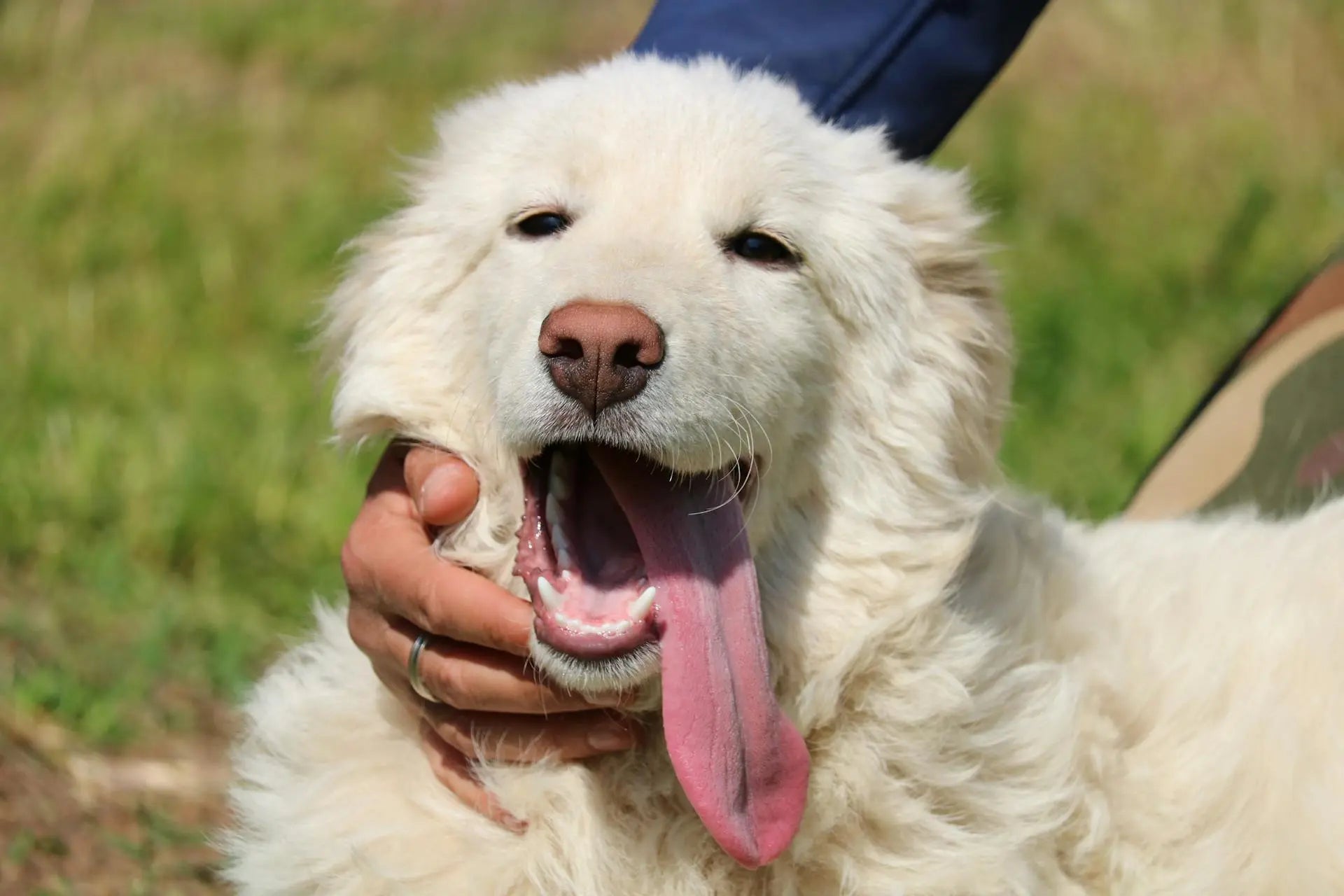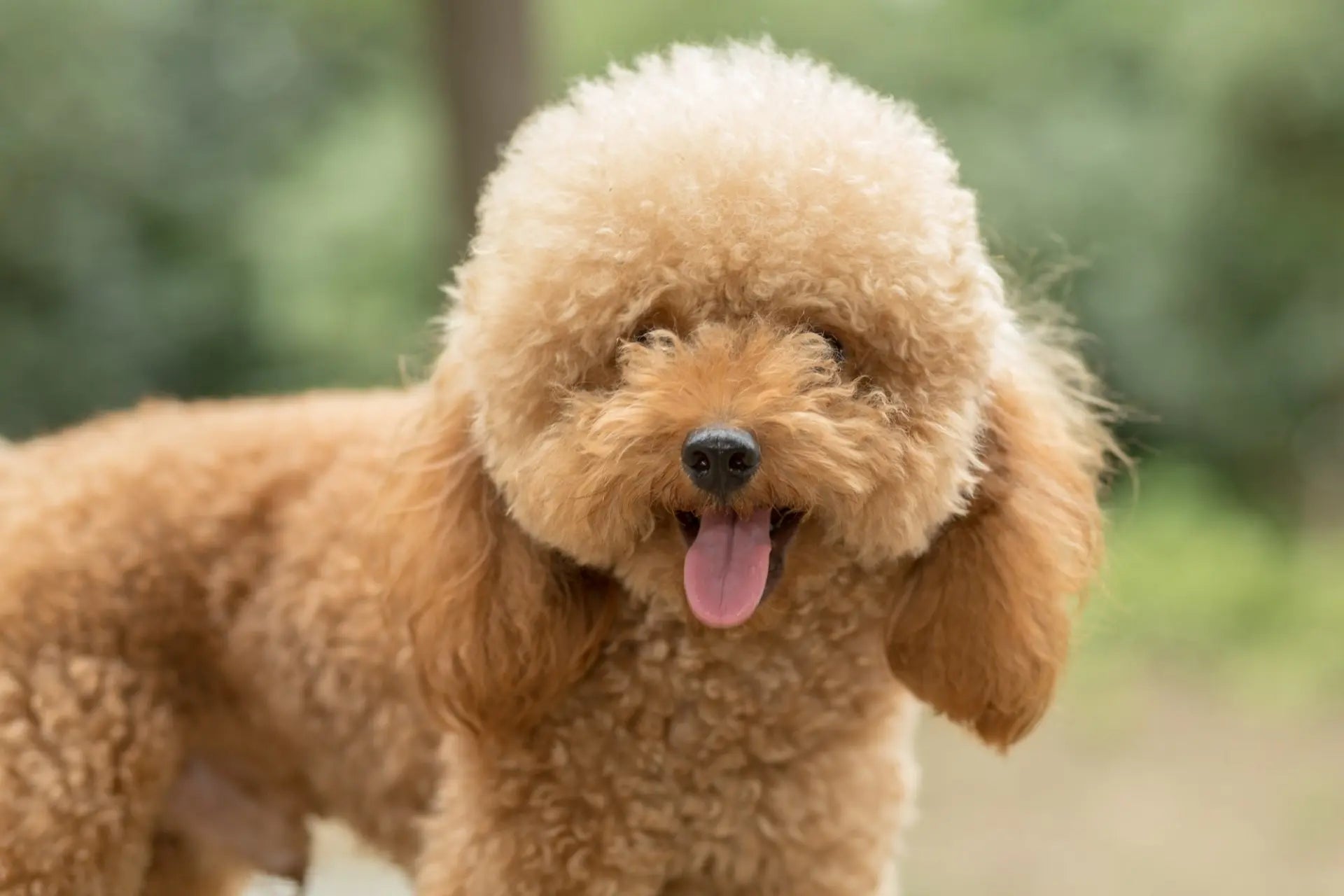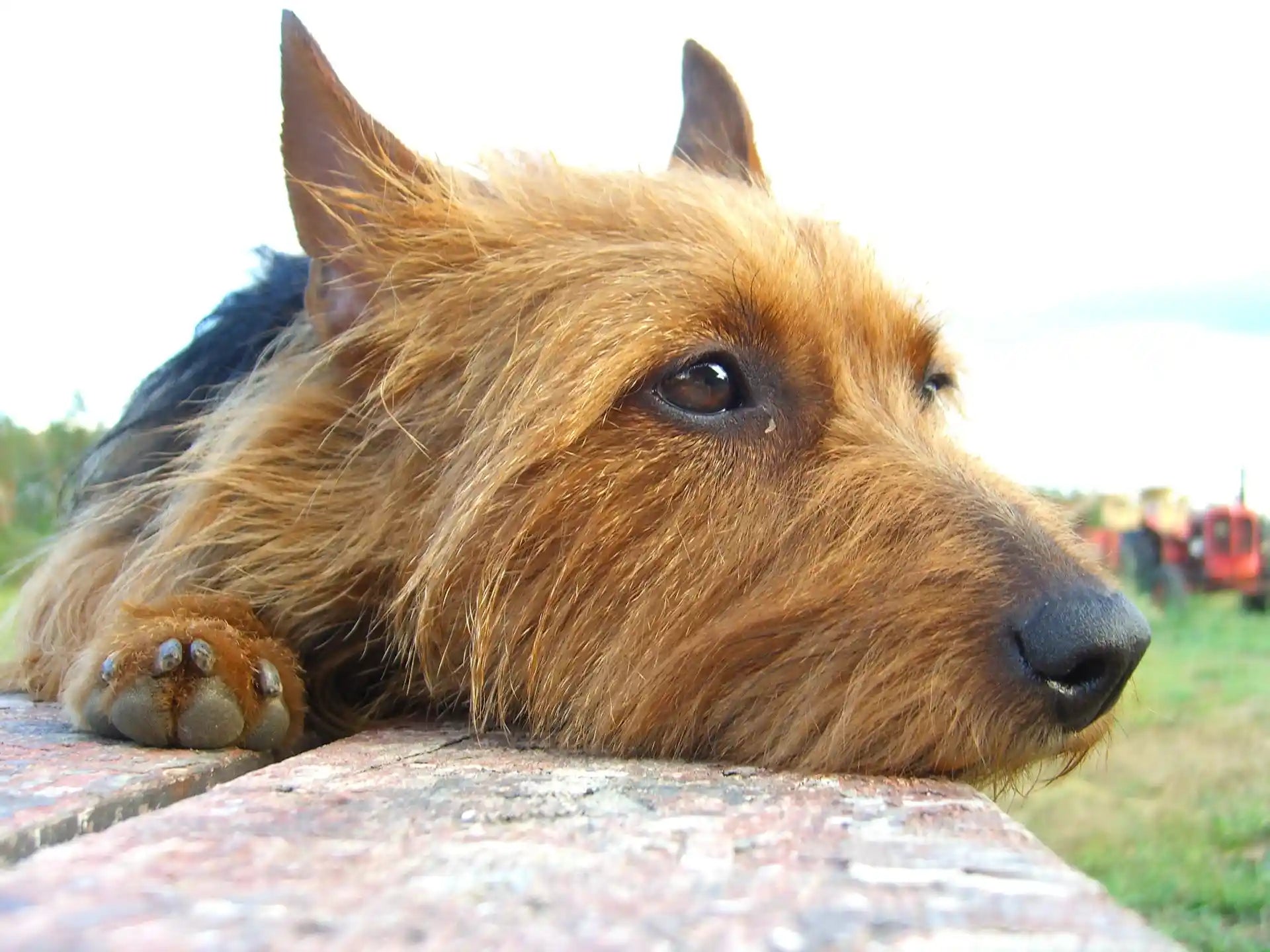
Maremma: History, Care, Training & Health Insights By a Vet Expert
Quick Facts Overview
|
Trait |
Details |
|
Size Category |
Large |
|
Height & Weight |
60–73 cm; 30–45 kg |
|
Coat Type & Colours |
Long, dense double coat; white or cream |
|
Energy Level |
Moderate to High |
|
Origin |
Italy (Maremma and Abruzzo regions) |
|
Grooming Needs |
High |
|
Temperament |
Independent, protective, calm, loyal |
|
Trainability |
Moderate (needs patient, experienced handler) |
|
Compatibility |
Best with experienced owners, not suited to apartments |
|
Lifespan |
11–13 years |
Breed Origins and History
The Maremma Sheepdog, or simply Maremma, is an ancient guardian breed from central Italy. Originally bred to protect flocks from wolves and predators, this large, noble dog developed in the rugged mountains and open fields of the Maremma and Abruzzo regions. Unlike herding breeds, Maremmas were left to independently watch over sheep, which explains their strong sense of duty and independent thinking today. While they’re still used on working farms in Australia, many Aussies have also come to love the Maremma as a loyal family guardian.
Personality and Temperament
If you're after a dog that’s calm yet courageous, loyal but independent—the Maremma might be just your kind of mate. These dogs aren’t clingy. In fact, they’re often content doing their own thing as long as they know their family (or flock) is safe. They’re gentle with kids and livestock but can be reserved or even territorial around strangers. With their natural guarding instincts, they thrive in environments where their protective nature is appreciated.
Trainability and Intelligence
Maremmas are incredibly intelligent, but they weren’t bred to follow commands. Instead, they make decisions on their own, which makes training a different experience compared to breeds like retrievers or collies.
-
Respond best to calm, confident training
-
Early socialisation is essential to avoid over-guarding
-
Use firm but positive reinforcement—no harsh methods
-
Ideal tools include a secure training harness and treat bag
-
Training should focus on manners, boundaries, and calm leash behaviour
Exercise and Activity Requirements
Despite their large size, Maremmas don’t have crazy energy levels. They’re not built for fetch or agility—they prefer patrols and purposeful movement. But they still need regular activity to stay balanced.
-
Aim for 45–60 minutes of daily walking or secure roaming
-
Prefer slow-paced walks over intense running
-
Enjoy guarding territory—make sure they’re in a secure yard
-
Great candidates for large properties or acreage
-
A sturdy hands-free lead is helpful for calm walks with big breeds
Physical Characteristics
These majestic dogs have a big presence—fluffy, white, and dignified. Their thick coat and proud stance make them stand out, especially when standing guard over their space.
-
Height: 60–73 cm
-
Weight: 30–45 kg
-
Coat: Long, dense, weather-resistant double coat
-
Colour: Typically pure white or light cream
-
Suits large to XL-sized gear
Living Environment Suitability
The Maremma is not a suburban or city apartment dog. These dogs need space, a purpose, and clear boundaries. They’re perfect for rural homes, hobby farms, or big backyards with secure fencing.
-
Best in rural or semi-rural environments
-
Needs a large, well-fenced property
-
Not ideal for dog parks or off-lead in public
-
Shouldn’t be left alone for long periods in small spaces
-
A supportive dog bed in a quiet space helps them rest comfortably after patrol
Grooming and Maintenance
That stunning white coat doesn’t stay that way on its own! Maremmas need regular brushing and occasional baths, especially if they spend time outdoors.
-
Brush 2–3 times a week (daily during shedding seasons)
-
Bathe every 6–8 weeks or when needed
-
Keep an eye out for burrs, matting, or ticks
-
Trim nails monthly and clean ears to avoid infection
-
Use a soft, wide-fit collar to avoid coat breakage
Common Health Issues
Maremmas are generally hardy, but like most large breeds, they are prone to some conditions that owners should be aware of.
-
Common issues: hip dysplasia, bloat, entropion (inward-turning eyelids)
-
Joint support is important, especially as they age
-
Feed smaller, more frequent meals to help avoid bloat
-
A durable, cushioned orthopaedic bed helps protect joints in older dogs
Diet and Feeding Guidelines
These dogs don’t require fancy diets, but they do need quality nutrition to fuel their large bodies and maintain coat health.
-
Puppies: 2–3 meals per day with balanced puppy formula
-
Adults: 2 cups to 4 cups daily depending on weight and activity
-
Choose formulas with joint support, omega-3s, and protein
-
Make water available at all times
-
Travel food and water sets are handy for working farms or road trips
Compatibility with People and Other Pets
Maremmas form deep bonds with their family and animals they’ve been raised with—but they’re not the dog for everyone. They need early exposure to different people, sounds, and pets to ensure balanced behaviour.
-
Loyal to family but aloof with strangers
-
Protective around unfamiliar dogs unless socialised early
-
Can live peacefully with cats, poultry, and livestock
-
Best with older children who understand their space
Use a coupler leash to walk them alongside compatible pets
Behavioural Issues and Management
The key with Maremmas is prevention—structure and socialisation reduce issues like over-guarding or roaming. Their behaviour often reflects how well their needs are being met.
-
Can become territorial or reactive if not socialised
-
May bark to alert or ward off perceived threats
-
Tendency to roam if not securely fenced
-
Use a no-pull harness to keep control on walks
-
Offer enrichment toys to avoid boredom in quiet moments
Essential Gear for Maremmas
Walking and Training
Outdoor and Working Life
Comfort and Control
FAQs: Maremma Sheepdog
1. Are Maremmas hard to train?
Yes, Maremmas can be challenging to train, especially for first-time dog owners. They’re very intelligent but also strong-willed and independent. Training them requires consistency, patience and a firm but fair approach, ideally started from a young age.
2. Can you keep a Maremma as a pet?
You can, but Maremmas are not typical house pets. They’re working dogs bred to guard livestock, so they do best in homes with large properties or farms. With the right environment and training, they can be devoted family companions.
3. How much exercise do Maremmas need?
Maremmas need at least one to two hours of exercise each day. They enjoy structured activities like long walks, farm work or mentally stimulating tasks. Without enough physical and mental engagement, they can become bored and destructive.
4. Do Maremmas bark a lot?
Yes, barking is part of their natural guarding instinct. They bark to alert you of anything unusual. While some barking is expected, it can be managed with early training and a stable routine that keeps them calm.
5. Do Maremmas get along with other dogs?
Maremmas can get along with other dogs, especially if socialised early. However, they’re naturally territorial and may not tolerate unfamiliar dogs entering their space. Proper introductions and supervision are essential.
6. Are Maremmas aggressive to other dogs?
They aren’t aggressive by default, but they are protective. If they sense a threat to their territory or family, they might react defensively. Good socialisation and strong leadership from their owner help reduce this behaviour.
7. Do Maremmas shed a lot?
Yes, Maremmas are heavy shedders, particularly during the change of seasons. Regular brushing—at least several times a week—is necessary to manage shedding and keep their double coat healthy.
8. Can a Maremma be left alone?
They don’t cope well with long periods of solitude. Maremmas are working dogs that thrive with purpose and companionship. Leaving them alone too long can lead to anxiety or nuisance behaviours like digging or excessive barking.
9. What are the health issues with Maremma dogs?
Common concerns include hip and elbow dysplasia, and in some cases, bloat. They're generally hardy, but like all large breeds, benefit from proper nutrition, controlled exercise while young, and regular vet check-ups.
10. What qualities does a Maremma have?
Maremmas are loyal, protective, calm and intelligent. They’re known for being independent thinkers, which is great for guarding but requires an experienced hand when it comes to training and handling.
Final Thoughts
The Maremma is a noble, protective breed best suited to experienced owners with the space and lifestyle to match their needs. With patience, structure, and the right gear, they become not just guardians—but trusted companions.
Need tough, comfortable gear for your Maremma?
Head to EzyDog to find large-breed essentials built to last.





Leave a comment
This site is protected by hCaptcha and the hCaptcha Privacy Policy and Terms of Service apply.